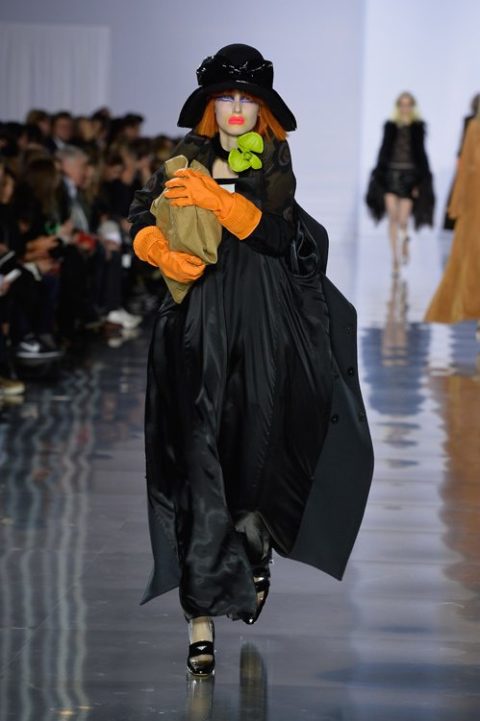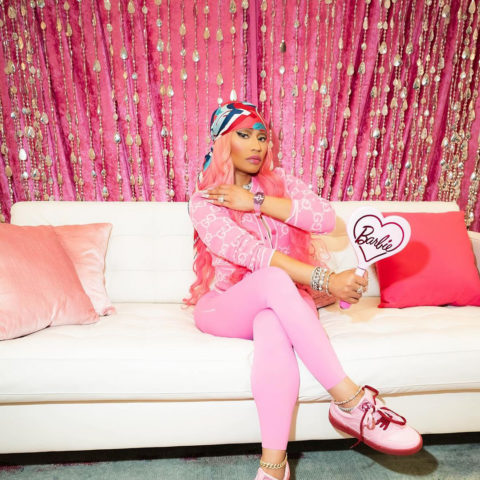Galliano’s comeback: Did the spectacle at Maison Margiela Fall 2015 drown out the collection?

This past Friday, John Galliano debuted his Fall 2015 show for Maison Margiela, his second show for the brand since being named its creative director last fall. For those who don’t know, Margiela is a brand synonymous with minimalism and deconstruction. Galliano’s appointment was a surprise (if not a shock) to many, not only due to the obvious, but because the idea of Galliano and his penchant for the flair and the dramatic flies in the face of the ethos that Margiela stands for. However, as noted by many a fashion critic, it was a chance for the house to be pumped with something new and fresh, to create a collision of sorts, with the hope that something spectacular would emerge as a result.
Galliano, a masterful tailor, created pieces that will no doubt sell, but the styling and the runway theatrics seemed passé and drowned out what makes Margiela, well, Margiela. The impish gait, the spastic movements, the overly wrought expressions worn by the models felt as though they were straight from an early aught Dior runway. The trope rang false, or at the very least, dated. Robin Givhan of The Washington Post, put it succinctly: “There was less a sense that Galliano is starting over and building something new, rather that he is simply starting again.” The show felt overdone for a brand as minimal as Margiela, and the scene surrounding the clothes was distracting, if not startling. It’s unfortunate, as Galliano is oft described as a genius designer in spite of his notorious outbursts. The hope was that he wouldn’t revert to a Galliano cliché to reinvigorate the brand. However, he wasn’t able to navigate such pitfalls and the antics did a disservice to the collection.
On the opposite end of the fashion week spectrum was Riccardo Tisci’s latest for Givenchy, a show replete with gelled baby hairs and face jewellery. He declared that it was his homage to the “Chola Victorian” girl gang, a reflection of his proclivity toward youth-oriented subcultures. The collection was dark and moody, but the adornments worn by the models never overpowered the looks, only complemented them. It’s clear that Tisci, unlike Galliano, has mastered the ability to leave his personal stamp on his collections without overwhelming them or masking them in overly identifiable tropes.
In today’s world of fashion, with labels such as Céline and The Row delivering chic and clean-lined collections season after season with little fuss, it’s difficult to make a case for designers who choose to let spectacle overtake the clothes themselves. Theatrics will always have a place on the runway (case in point, Rick Owens), but over the years the urge to pare back and let the clothes speak for themselves has become de rigueur. For a designer like Galliano, it’s imperative that he refrain from digging into his bag of tricks and instead allow the pendulum to swing the other way—to focus more on the clothes and less on the spectacle in order to elevate the brand.







